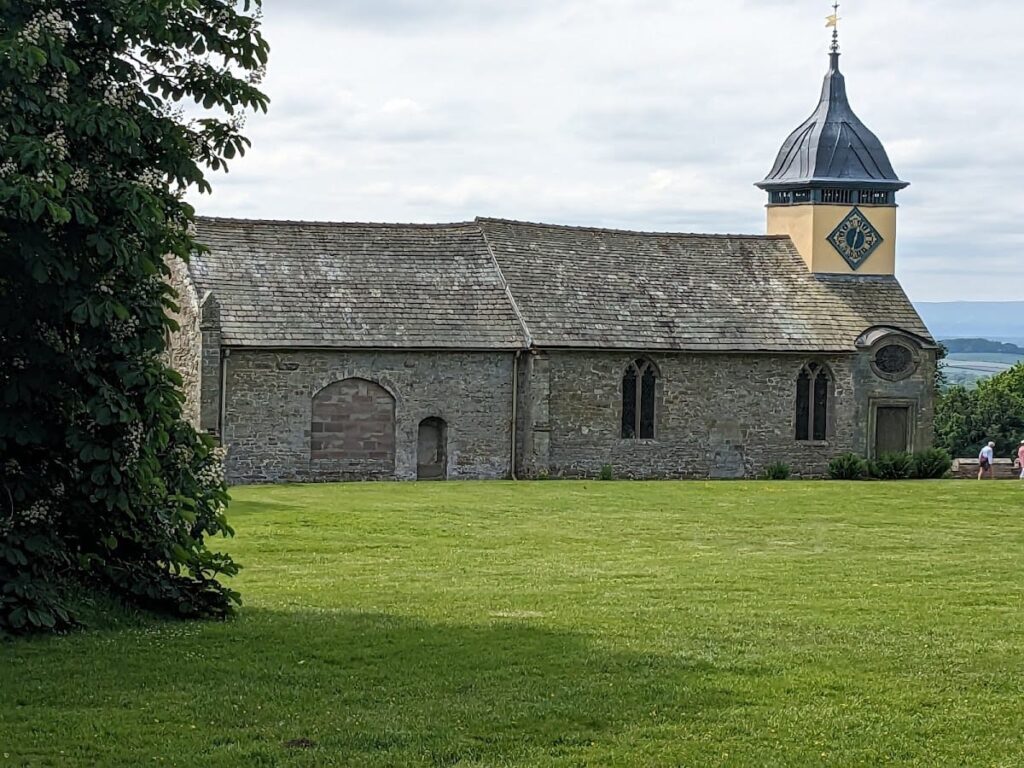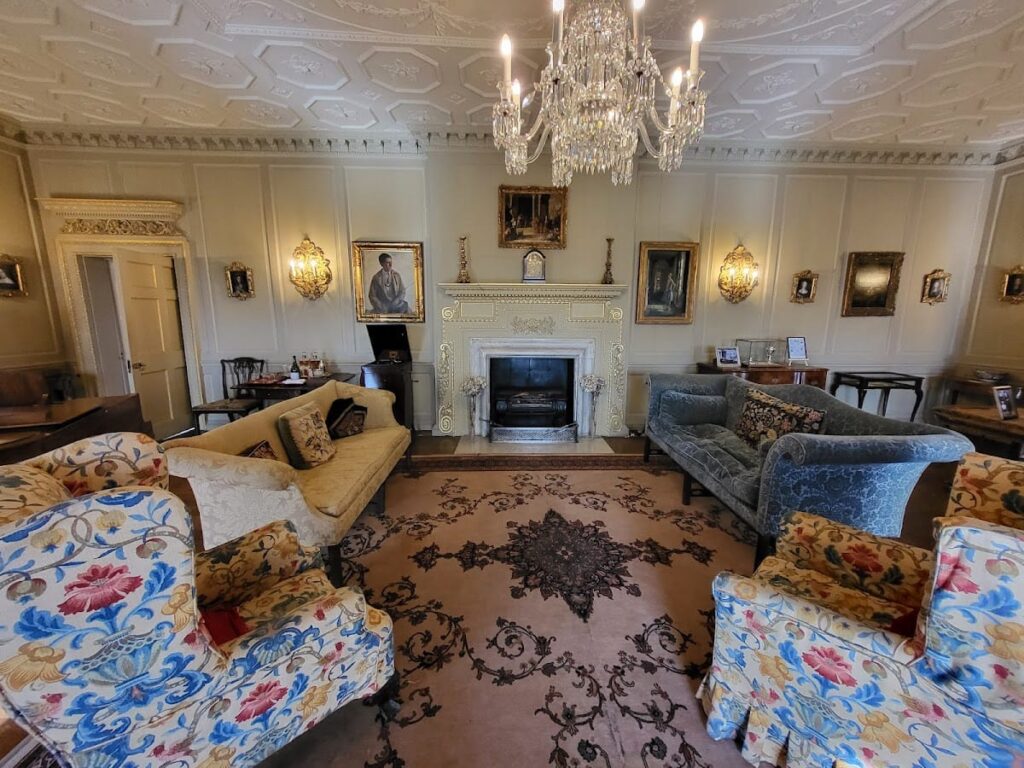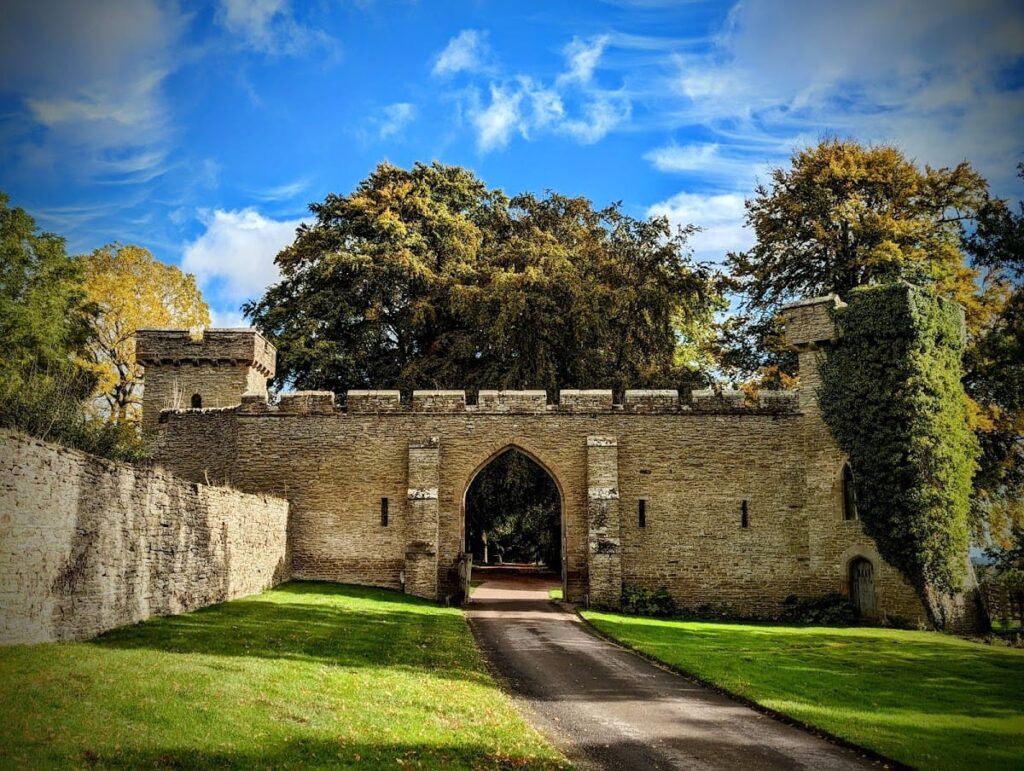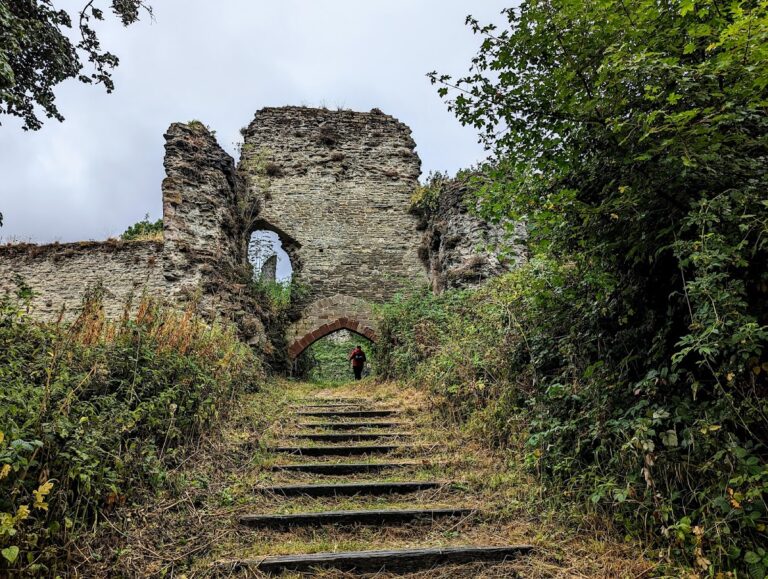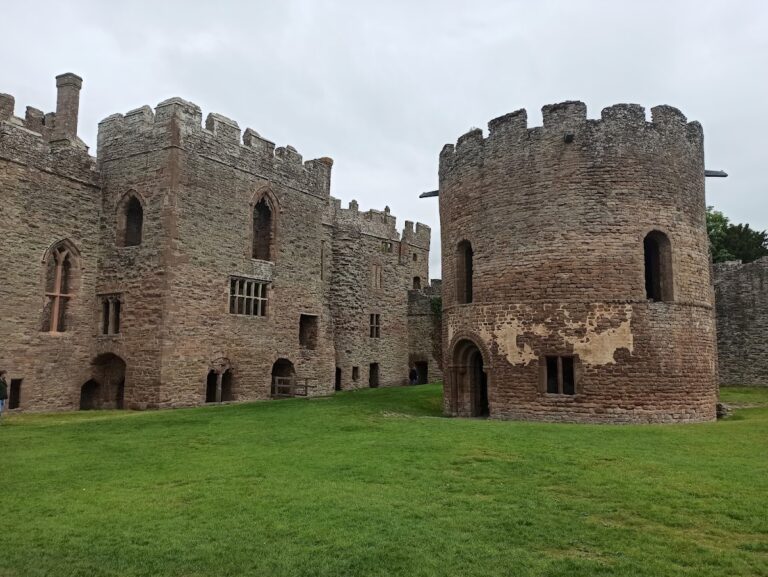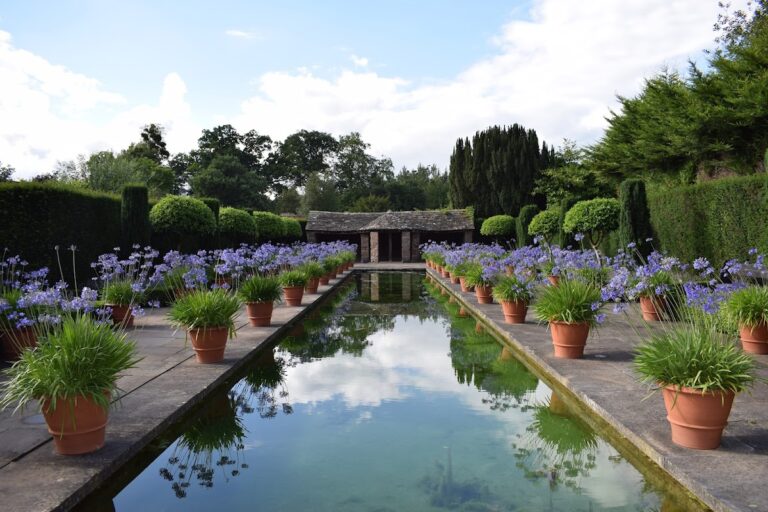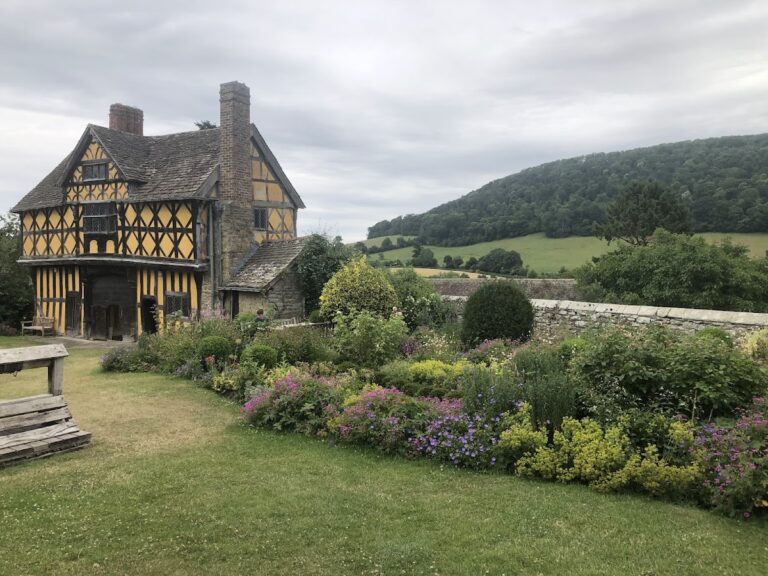Croft Castle: A Historic English Manor in Herefordshire
Visitor Information
Google Rating: 4.6
Popularity: Medium
Google Maps: View on Google Maps
Official Website: www.nationaltrust.org.uk
Country: United Kingdom
Civilization: Medieval European
Remains: Military
History
Croft Castle is located near Yarpole in Herefordshire, England, and has been associated with the Croft family since approximately 1085. The earliest recorded owner, Bernard de Croft, appears in the Domesday Book, a survey completed in 1086. The family maintained close ties with the powerful Mortimer family of Wigmore and Ludlow, whose influence shaped the region during the medieval period. Notably, the Battle of Mortimer’s Cross in 1461 occurred on land belonging to the Crofts, marking the estate’s connection to important military events of the Wars of the Roses.
In the 15th century, Sir John de Croft married Janet, daughter of the Welsh leader Owain Glyndŵr. This alliance led the family to adopt the Welsh Wyvern as their crest, symbolizing their link to Glyndŵr’s heritage and Welsh identity. The Crofts thus embodied a blend of English and Welsh noble traditions during this era.
Financial troubles following the South Sea Bubble crisis in the early 18th century forced the Croft family to sell the estate in 1746. It was purchased by Richard Knight, an ironmaster from Downton Hall. Knight’s son-in-law, Thomas Johnes, undertook a significant remodeling of the castle in the 1760s. The redesign, led by architect Thomas Farnolls Pritchard—known for designing the world’s first iron bridge—introduced Rococo-Gothic elements, reflecting contemporary tastes.
The castle changed ownership again in 1799 when Somerset Davies acquired it. In 1923, Katherine, Lady Croft, repurchased the estate, restoring the family’s connection to the property. Earlier, in 1913, architect Walter Sarel had made alterations including the removal of the central Gothic entrance and many crenellations, as well as the demolition of a 17th-century service wing in 1937 to reduce the building’s size.
During the 1950s, Croft Castle faced the threat of demolition. Family efforts preserved the estate, and it was bequeathed to the National Trust in 1957. The castle opened to the public in 1960 and continues to be partly occupied by Croft family members. Archaeological excavations in 2002 revealed remains of an earlier house located about thirty yards west of the current building, indicating a longer history of habitation on the site.
Remains
The present Croft Castle dates mainly from the 1660s, built under Herbert Croft, Bishop of Hereford, replacing an earlier structure. It is a stone manor house arranged in a quadrangle around a central courtyard. The building features round towers at the corners and a square bay on the north side. Some original stone mullion windows remain on all sides, reflecting its early medieval revival style.
The north wing of the castle is Elizabethan in style, while the other wings were rebuilt in Georgian style after 1746. The original crenellated parapets, or battlemented walls, were mostly removed during renovations in the 18th and early 20th centuries. The 1760s remodeling introduced Georgian sash windows, plaster ceilings, a Gothic-style staircase, and intricately crafted chimneypieces made by skilled artisans.
Walter Sarel’s 1913 work included replacing the central Gothic entrance with a battlemented porch and mullioned bay window. He also added oak paneling to the entrance hall and redesigned the dining room. The estate grounds contain a three-acre walled garden, a Georgian stable block, and an avenue of Sweet Chestnut trees planted over 400 years ago.
The Fishpool Valley within the grounds features 18th-century landscaping with a series of descending ponds, a grotto, a Gothic pumphouse, an ice house, and a lime kiln. These elements have been restored to reflect their original scenic design. Nearby stands the Church of St Michael, dating from the 14th century and Grade I listed. It contains 17th-century box pews, medieval floor tiles from Malvern, and a tomb for Sir Richard and Eleanor Croft that resembles the tomb of Henry VII in Westminster Abbey. The altar ceiling is decorated with 17th-century painted clouds and gilded stars.
The parkland also includes the Iron Age hill fort known as Croft Ambrey, indicating the area’s long history of occupation before the castle’s construction.

